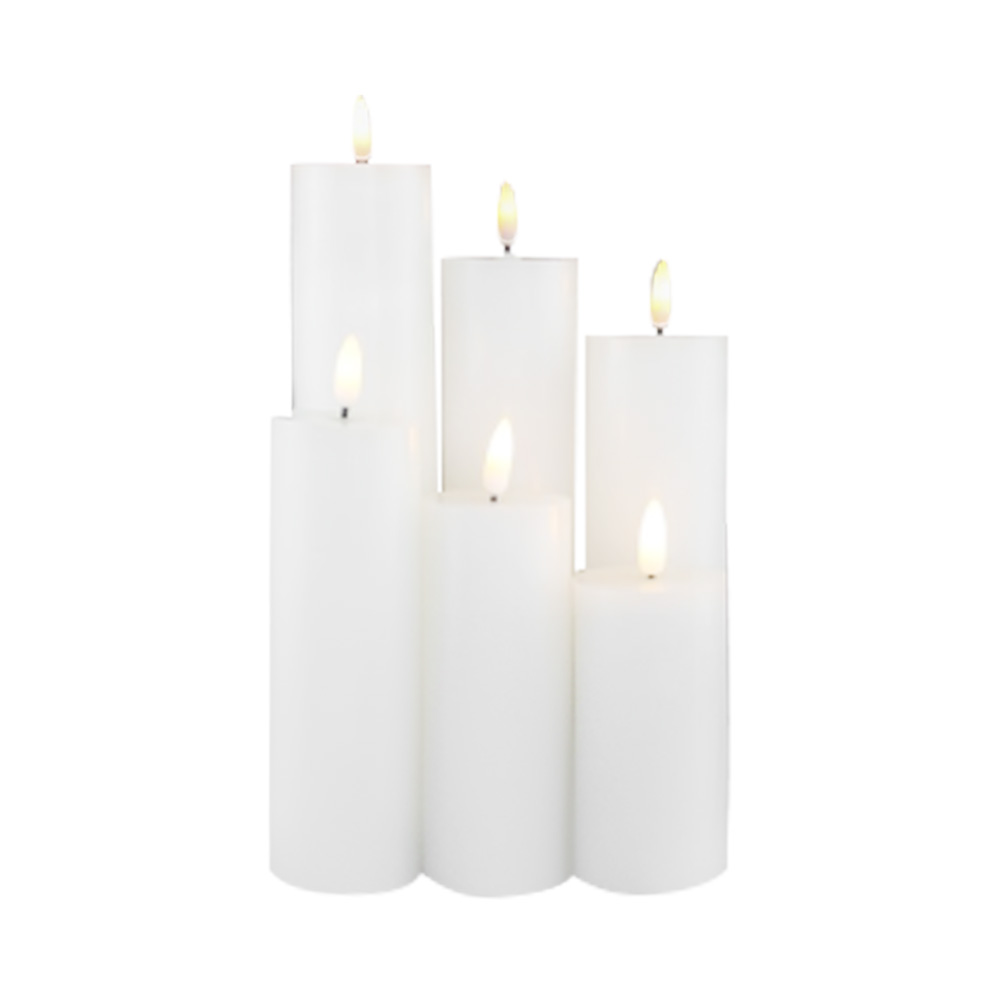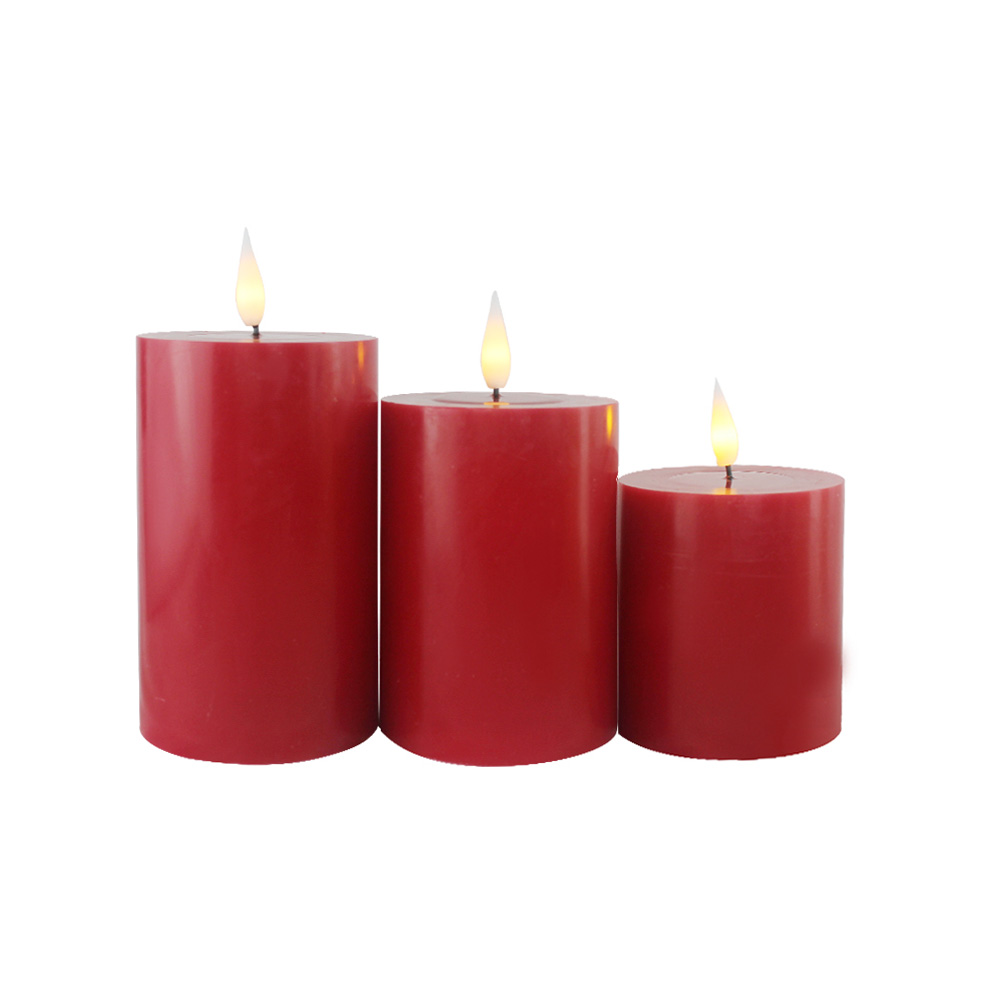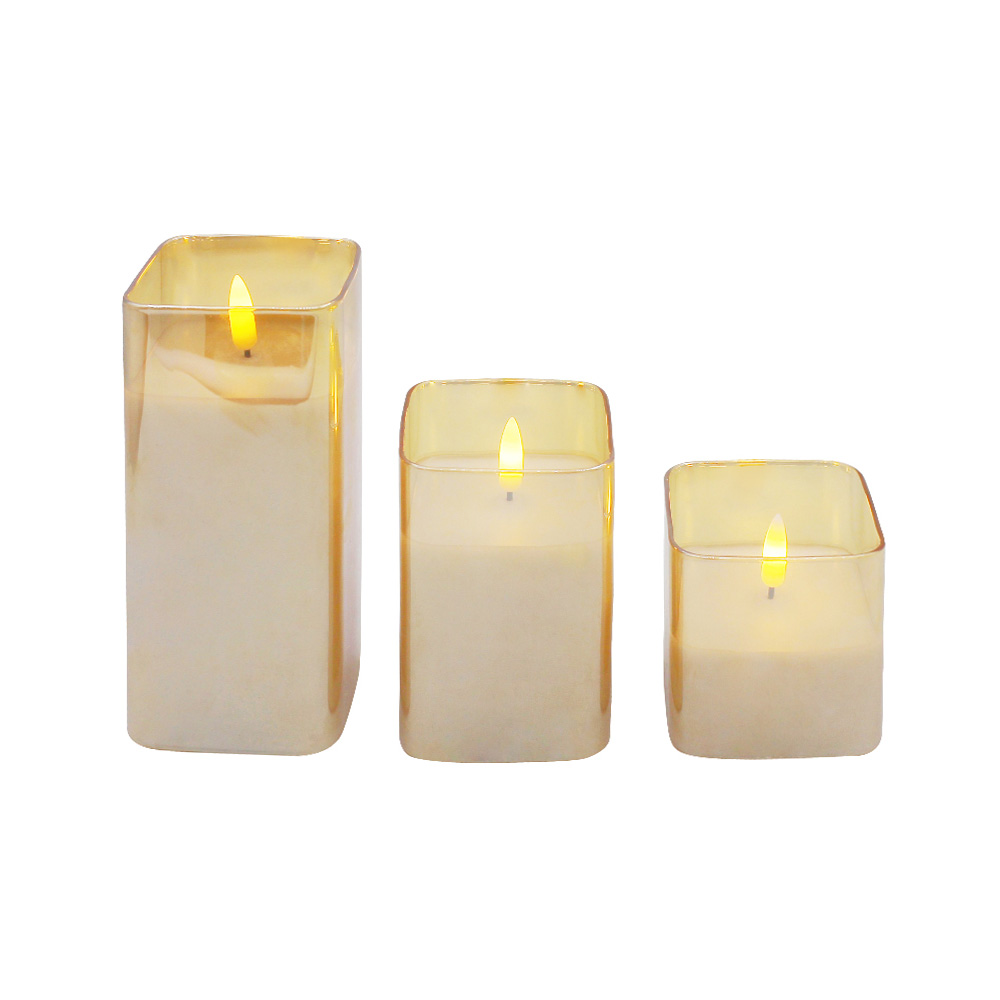How often should LED glass lamps be checked for safety or wear?
Material and Construction Considerations
LED glass lamps combine delicate glass components with electronic LED modules and supporting structures such as metal housings or plastic fixtures. The glass provides both protection for the LED elements and aesthetic appeal, while the internal circuitry ensures efficient illumination. Over time, factors such as vibration, temperature fluctuations, dust accumulation, and handling can contribute to wear or damage. The integrity of the lamp depends on both the glass and the internal components remaining secure and functional. Regular assessment of these materials is necessary to ensure safety and prevent failures that could result in electric shock, fire, or broken glass hazards.
Visual Inspection Frequency
Visual inspections of LED glass lamps are recommended on a regular basis, typically every three to six months depending on environmental conditions and usage. During these inspections, the lamp should be examined for cracks, chips, or other damage to the glass. The housing, mounting brackets, and electrical connections should also be checked for signs of corrosion, loosening, or wear. In high-traffic or outdoor areas, where exposure to weather or mechanical impact is greater, more frequent inspections are advised to identify potential hazards before they become serious problems.
Electrical Safety Checks
In addition to visual inspection, electrical components should be tested periodically to ensure safe operation. LED drivers, wiring, and connectors may degrade over time due to heat or humidity, affecting performance and safety. Electrical testing can include continuity checks, insulation resistance measurement, and verification that the lamp operates within its specified voltage and current limits. For commercial or industrial installations, annual electrical safety audits are often recommended, while home installations may be checked less frequently but still on a predictable schedule to prevent unnoticed deterioration.
Environmental Factors Affecting Wear
The environment in which LED glass lamps operate significantly affects the frequency of required inspections. Outdoor lamps exposed to rain, wind, dust, or temperature extremes are more prone to glass cracking, corrosion of metal parts, or degradation of seals. Indoor lamps installed in high-humidity areas, kitchens, or bathrooms may experience condensation or corrosion more quickly. Lamps installed in vibration-prone areas, such as near machinery, may be subject to stress that accelerates wear. Understanding these environmental factors helps determine the appropriate inspection interval to ensure safety.
Maintenance and Cleaning Considerations
Regular cleaning of LED glass lamps contributes to safety and prolongs their service life. Dust, dirt, and residues can accumulate on the glass, reducing light output and potentially creating hotspots that stress the LED module. Cleaning should be performed with non-abrasive materials and appropriate solvents that do not damage the glass or electrical components. While cleaning, the lamp can be inspected for loose parts, worn connectors, or discoloration of materials, allowing minor issues to be addressed before they escalate. Combining maintenance with inspection enhances overall safety and performance.
Comparative Table of Inspection Intervals
| Installation Type | Visual Inspection | Electrical Check | Cleaning Frequency |
|---|---|---|---|
| Indoor Residential | Every 6 months | Annually | Every 3–6 months |
| Indoor Commercial | Every 3–4 months | Every 6–12 months | Every 2–3 months |
| Outdoor Residential | Every 3 months | Annually | Every 2–3 months |
| Outdoor Commercial/Industrial | Every 2–3 months | Every 6 months | Every 1–2 months |
Indicators of Wear or Safety Concerns
During inspections, several indicators can signal that LED glass lamps require attention. These include visible cracks or chips in the glass, discoloration or clouding, loose or corroded connections, flickering light output, or unusual noises from the driver. Any of these signs should prompt a more detailed inspection or replacement of components. Addressing such issues early prevents hazards such as electric shock, short circuits, or falling glass fragments, and maintains consistent illumination levels for safety and functionality.
Documentation and Tracking
Maintaining records of inspections, maintenance, and cleaning activities supports safety management and compliance with regulations. For commercial or industrial installations, a log of inspection dates, findings, and actions taken can help track the condition of each LED glass lamp over time. This documentation allows for proactive replacement of components nearing the end of their service life and provides evidence of routine maintenance for insurance or regulatory purposes. Even for residential installations, keeping simple records of inspections and cleaning schedules can help homeowners manage safety efficiently.
Manufacturer Guidelines and Recommendations
Following the manufacturer’s recommendations is essential for ensuring the safe operation of LED glass lamps. Manufacturers provide guidance on inspection intervals, acceptable environmental conditions, and maintenance procedures specific to their products. Compliance with these instructions helps prevent premature wear and ensures that electrical and structural components function as intended. When manufacturer guidance is combined with regular visual and electrical inspections, cleaning, and environmental considerations, the safety and longevity of LED glass lamps are maximized.
Impact of Frequent Use on Inspection Frequency
Lamps used for extended periods or in high-usage applications require more frequent monitoring. Continuous operation generates heat that may stress the LED module, wiring, and glass enclosure. High-frequency on-off cycles can also cause wear on the driver and connectors. Therefore, in environments such as commercial offices, factories, or public spaces where lamps are operated daily for long durations, visual and electrical inspections should be conducted more often than in residential settings. Adjusting inspection frequency according to usage helps maintain safety and prevent unexpected failures.
Integration with Smart Monitoring Systems
Some modern LED glass lamps are equipped with smart sensors or network connectivity that allows remote monitoring of performance and status. These systems can alert users to changes in light output, temperature anomalies, or electrical irregularities. Integrating smart monitoring with regular physical inspections can enhance safety by providing real-time feedback, reducing the likelihood of unnoticed wear or damage. While smart systems can complement traditional inspection schedules, they do not replace the need for periodic visual and maintenance checks.

Ningbo Weizhi Electronics Co., Ltd.
- We will be pleased to provide products with high quality, reasonable price, punctual delivery and best service for you!
GET A QUOTE
No.16, Zhuangqiao Loujia Xinqiao 3rd Road, Jiangbei District, Ningbo china
-
 +86-18067520996
+86-18067520996
-
 +86-574-86561907
+86-574-86561907
-
 +86-574-86561907
+86-574-86561907
-
 [email protected]
[email protected]
Copyright 2024 Ningbo Weizhi Electronics Co., Ltd. All Rights Reserved.




 English
English Deutsch
Deutsch







